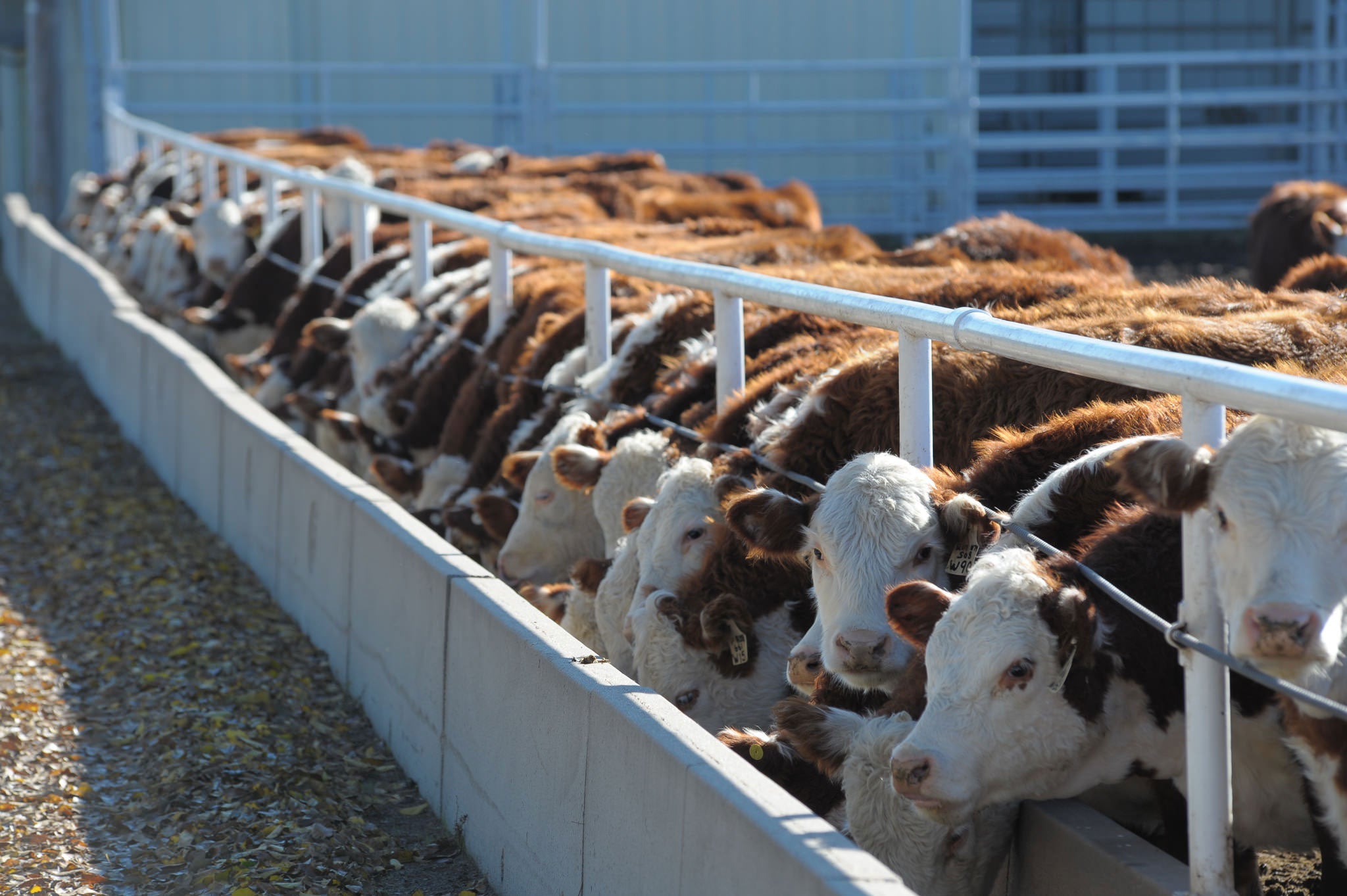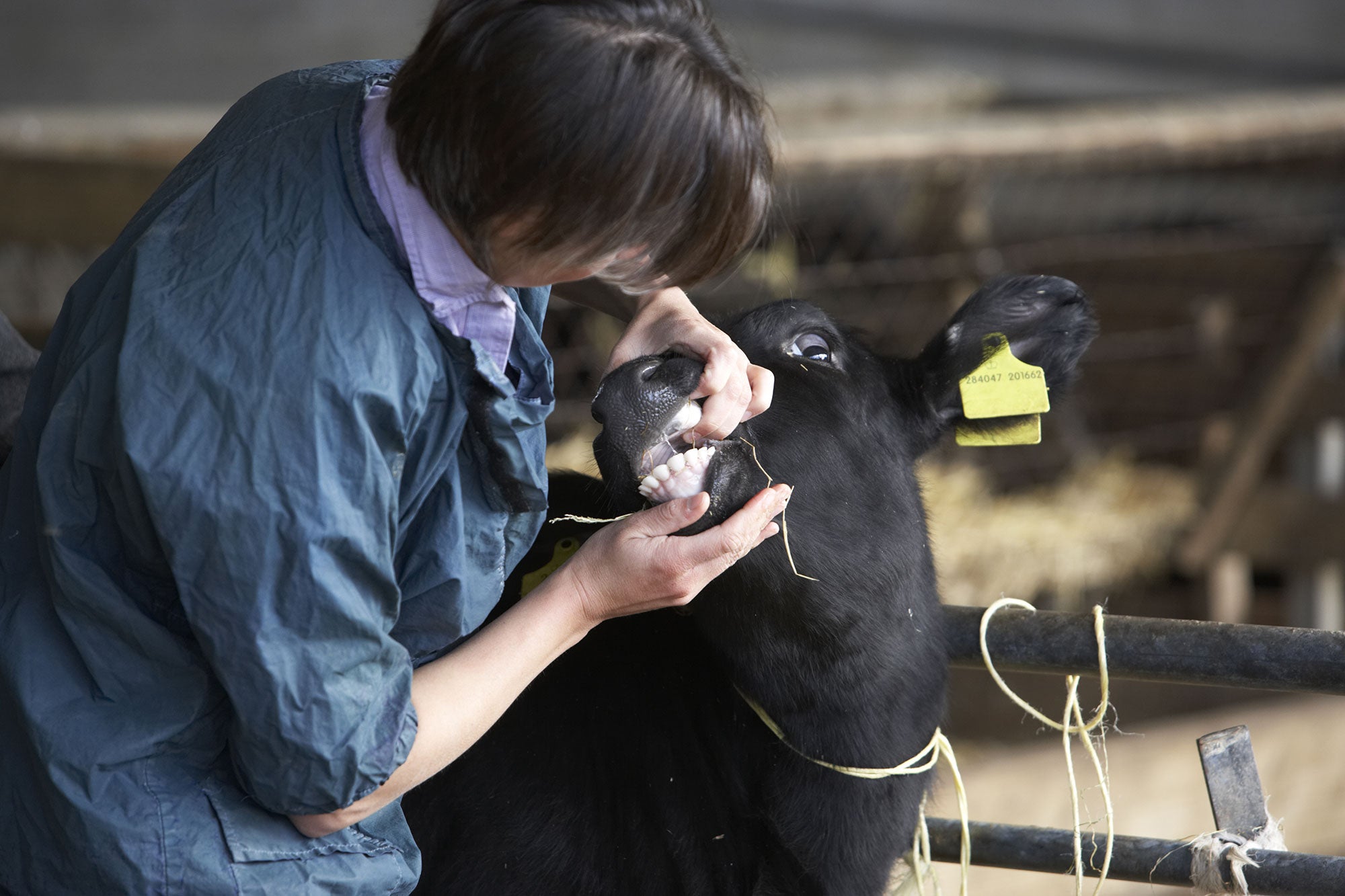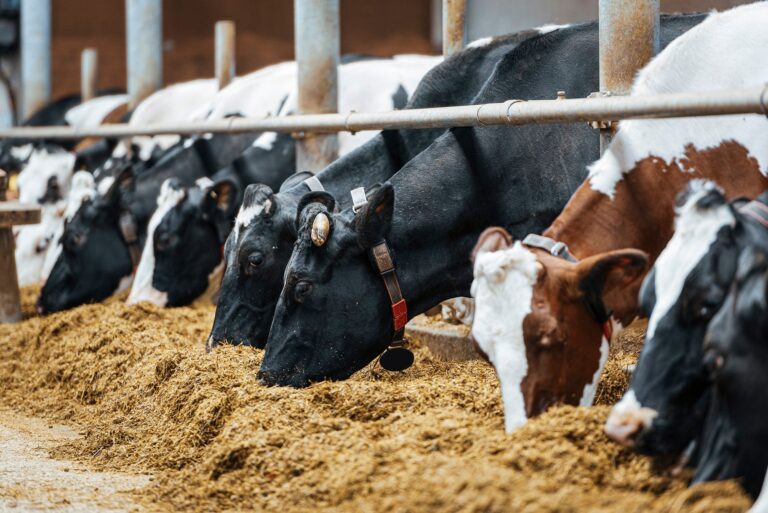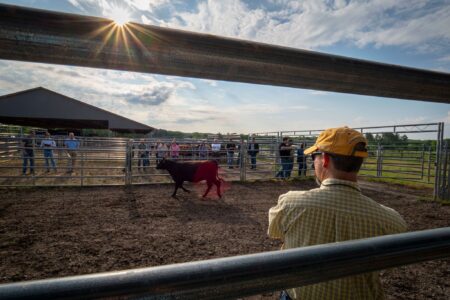The United Nations General Assembly is about to convene a High-Level Meeting on Antimicrobial Resistance (AMR) in New York later this month. Despite the impact that AMR could have on society, this is only the second time the issue has been addressed at this level. The meeting’s purpose is to address AMR’s wide-reaching implications, including its impact on food security and the global effort to meet the UN’s 2030 Sustainable Development Goals.
And it makes sense that a topic like AMR is addressed on a global scale. The problem isn’t limited to one country, and it doesn’t stop at any nation’s borders. As drug-resistant infections spread, all of us are impacted. That means a solution is only possible if everyone responds and finds a collaborative approach.
Unfortunately, those in agriculture are only too well aware of how difficult such a feat really is. All too often farmers in western countries are asked (or forced) to solve global issues while the most egregious problem-makers are given a pass (here’s looking at you, China). So it’s important that any solutions proposed are economically sustainable, allowing farmers to implement them while also staying competitive in the market.
A quick recap
You may be wondering exactly what is AMR? Antimicrobial resistance happens when bacteria, viruses, fungi, and parasites evolve and become resistant to the medications designed to treat them (we call these antimicrobials). As a result, infections become much harder to cure and can lead to prolonged illness, increased medical expenses, and death. AMR occurs as a natural evolutionary process, but use and reliance has accelerated the resistance.
For example, the discovery of penicillin’s medicinal qualities by Alexander Fleming in 1928 was revolutionary, and it finally gave doctors an effective treatment for bacterial infections. But the party didn’t last long; as early as the 1940s, penicillin-resistant bacteria was emerging. Medicine has been trying to stay one step ahead ever since.
But like so many other things, the way we’ve used antimicrobials has made the problem worse. We all know people who run to the doctor for antibiotics when they get a sniffle. Our over reliance has lulled us into a false sense of security, so we don’t do much, if anything, to control the spread of infections.

Agriculture has also played a role. Historically, animal agriculture used antibiotics, not only to treat illness, but also to promote livestock growth. By the time the Food and Drug Administration curtailed the use of antimicrobials for production practices in 2017 through the Veterinary Feed Directive, the use of these medicines in agriculture was already decreasing. Those regulations, which now require veterinarian oversight for treating sick animals with antimicrobials, drove down use by an additional 33 percent in 2017. Once again, American farmers were leaders and problem solvers!
But AMR isn’t going away anytime soon. In fact, recent studies predict that the world could see a staggering 39 million deaths directly linked to AMR between next year and 2050. Imagine going from today’s attitude that so-called superbugs are a problem that happens somewhere else, to a world where people we love and care about succumb to run-of-the-mill infections.
The path forward
So that’s why the UN is holding a High-Level Meeting to address what is quickly becoming something of a global crisis. To prepare, the Food and Agriculture Organization of the United Nations teamed up with Health for Animals, an organization that describes itself as advocates for the global animal health association, to find real, practical ways that farmers can contribute to combating AMR. These ideas will be part of the meeting’s discussion.


The good news is that the solutions proposed by Health for Animals are ideas percolating in discussions about animal agriculture, at least in the U.S. They aren’t draconian or punitive. Instead Health for Animals suggests that the answer to combating AMR on the farm incorporates science and technology with results that are also economically sustainable.
Here are the highlights:
- Vaccinations. Vaccines are one of the most powerful tools available to farmers to prevent disease and reduce reliance on antibiotics. By immunizing livestock against bacterial diseases, farmers can protect entire herds or flocks from common and costly infections. In Norway, for example, the aquaculture industry reduced antibiotic use by 99.8 percent through a comprehensive vaccination campaign for salmon. Similarly, vaccination against diseases like E. coli in poultry has reduced the need for antibiotics while boosting farm profitability. Healthier animals lead to better productivity, reduced mortality, and higher yields, all without the need for excessive medical intervention.
- Biosecurity. Biosecurity measures are a key component in preventing the spread of disease on farms. Simple actions like installing foot baths for workers, isolating sick animals, and maintaining proper sanitation can make a big difference. More advanced biosecurity practices include air filtration systems in barns to reduce airborne diseases. Research shows that farms with strong biosecurity protocols use fewer antibiotics because they experience lower disease incidence. The report highlights a study of European pig farms that found that farms with better biosecurity reduced antimicrobial use by 52 percent for fattening pigs. Farmers who prioritize biosecurity will not only protect their animals but also lower the overall cost of disease management.
- Improved Nutrition. As with humans, a well-balanced diet is essential for keeping livestock healthy and reducing their vulnerability to disease. Feed additives like probiotics and plant-based supplements are becoming popular for improving gut health and boosting immunity in animals. Healthier animals are less likely to fall sick and require antibiotic treatment. For example, a U.S. poultry farm saw a 25 percent reduction in bird mortality and antibiotic use after shifting to an improved feeding program with added probiotics.
- Better Genetics. Modern advances in biotechnology and genetic understanding allow farmers to breed animals that are more resistant to diseases, thereby reducing the need for antibiotics. Genetic testing can identify animals with traits that promote better health and disease resistance. For instance, a study of dairy cows found that selecting genetically superior animals reduced antibiotic use by 44 percent, increased milk production, and improved overall profitability. By making informed breeding decisions, farmers can strengthen their herds’ natural ability to resist infections, lowering both treatment costs and the risk of disease outbreaks.
- Digital Monitoring Technologies. Digital monitoring tools are empowering animal agriculture by providing farmers real-time data on animal health. Technologies like ear tag sensors and AI-driven sound monitoring systems can detect early signs of disease, allowing farmers to take action before the problem escalates. Early intervention reduces the need for antibiotics and ensures faster recovery for affected animals.
In Thailand and the European Union, digital tools have helped farmers reduce antibiotic use by offering precise data for targeted interventions. These technologies are particularly valuable in large-scale operations where monitoring individual animals can be challenging.
Leading the Way
All of that sounds like sunshine and lollipops. But the biggest challenge is going to be convincing farmers in low socioeconomic circumstances — and their governments (hi, China!!) — to implement these solutions. As we’ve seen with the resistance to bioengineering around the globe, these ideas don’t always spread as far and as wide as we’d like. Some countries are slow to implement them, and some don’t have the safety and security to do so (like the world’s breadbasket, Ukraine).
On the other hand, I’m confident U.S. farmers can and will continue to lead on this. Because our farmers are already focused on these ideas, even if those conversations don’t consider AMR. In other words, there are ways to combat this problem consistent with production practices of modern agriculture. We can combine economic, environmental, and antimicrobial sustainability to keep getting better. So when the UN hosts its AMR meeting, agriculture should shine as an example of how an industry can adapt and thrive with better information, data, and technologies.
Amanda Zaluckyj blogs under the name The Farmer’s Daughter USA. Her goal is to promote farmers and tackle the misinformation swirling around the U.S. food industry.


:max_bytes(150000):strip_icc()/a-case-of-bird-flu-in-a-missouri-resident-is-the-only-diagnosis-in-the-united-states-this-year-where-the-person-did-not-have-contact-with-infected-dairy-cattle-or-poultry-photo-by-stephen-ausmus-animal-research-services-usda--7c1d7d4efa6b462ea385a2d18133ecbf.jpg)
:max_bytes(150000):strip_icc()/Congress-WideShot-2000-5a91ee8f6de542dfa39fc245aef88653.jpg)
:max_bytes(150000):strip_icc()/170922-4-2000-4834775372984ffebde18f6186834c2d.jpg)








